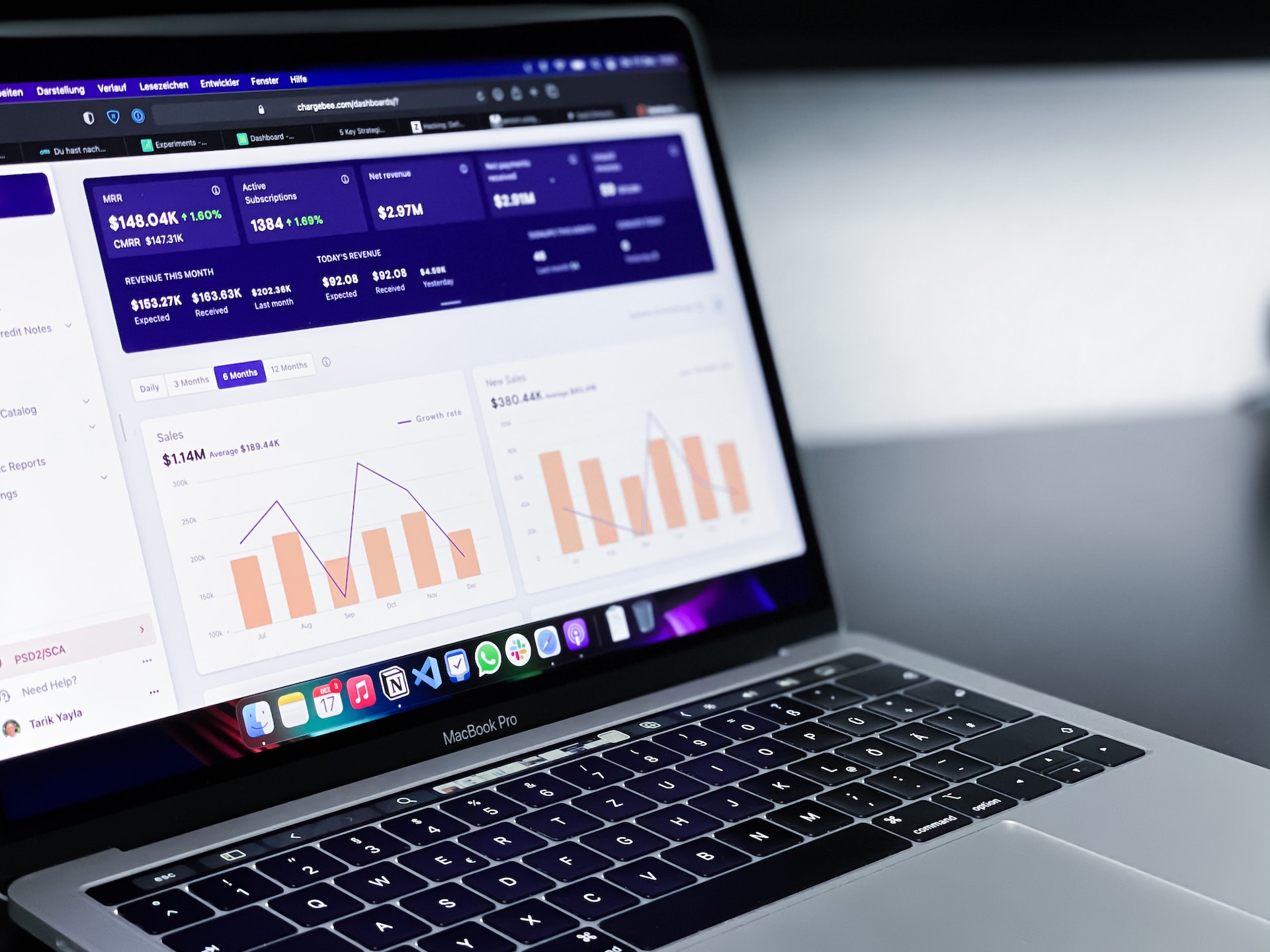
Understanding API Feature Prioritization
Step 1: Define Your API Goals and Objectives
- Streamlining business processes by enabling seamless integration with third-party applications
- Reducing development time and costs by providing reusable components for developers
- Expanding market reach by making your organization's data and services accessible to a wider audience
Step 2: Gather Input from Stakeholders
- Interviews: Conduct one-on-one interviews with key stakeholders to understand their needs, pain points, and goals.
- Surveys: Distribute surveys to a broader group of stakeholders to gather quantitative data on feature preferences and priorities.
- Workshops: Organize collaborative workshops with stakeholders to brainstorm ideas, discuss priorities, and generate consensus.
Step 3: Categorize and Rank API Features
- Must-have: Features that are critical to the success of your API and must be included in the initial release.
- Should-have: Important features that can be deferred to a later release if necessary.
- Could-have: Nice-to-have features that can be implemented if time and resources allow.
- Won't-have: Features that are not a priority for the current release but may be reconsidered in the future.

Step 4: Estimate the Cost and Effort of Each Feature
- Expert judgment: Consult with experienced developers to get a rough estimate of the time and resources required to implement each feature.
- Historical data: Analyze the cost and effort of similar features from past projects to inform your estimates.
- Relative sizing: Compare the size and complexity of each feature relative to others in the list to establish a rough ranking.
Step 5: Use a Prioritization Framework
- Value vs. Effort matrix: Plot each feature on a graph based on its estimated value (y-axis) and effort (x-axis) to identify the features that provide the most value for the least effort.
- Weighted scoring: Assign weights to each feature based on its importance and feasibility, and score each feature on a scale of 1 to 5. Multiply the weight and score to get a weighted score for each feature, and prioritize the features with the highest scores.
- Kano model: Categorize each feature based on its level of importance and satisfaction, and prioritize features that have a high level of importance but low satisfaction, as these are likely to have the most significant impact on customer satisfaction.
Step 6: Re-evaluate and Iterate
- Regularly review and update your API roadmap: Schedule regular reviews of your API roadmap to ensure that it remains aligned with your business goals and customer needs.
- Continuously gather feedback from stakeholders: Solicit feedback from stakeholders at every stage of the process to ensure that their needs and priorities are being considered.
- Be open to change: Prioritization is not set in stone. Be open to revisiting your feature priorities and adjusting your roadmap as needed.
Keys to Success
- Define clear API goals and objectives: Establish a clear vision for what you want to achieve with your API.
- Gather input from stakeholders: Solicit feedback from various stakeholders to ensure that your API roadmap reflects the needs and priorities of all involved parties.
- Categorize and rank API features: Categorize features based on their importance and feasibility, and rank them to identify the most valuable and achievable features.
- Estimate the cost and effort of each feature: Gain a clear understanding of the resources required to implement each feature.
- Use a prioritization framework: Use a framework to make data-driven decisions about which features to prioritize.
- Re-evaluate and iterate: Regularly review and update your API roadmap to ensure that it remains aligned with your business goals and customer needs.

Related Courses
Driving 0 to 1 Product Initiatives
Maximize the odds of success for big new product initiatives by improving customer discovery, experimentation, and stakeholder management.
Build Your Personal PM Productivity System
Earn a reputation as a product manager who gets s*** done—without feeling overwhelmed, treading water, or working nights and weekends.
Build a Lean MVP for your startup in under USD 22K using GenAI
Leverage GenAI to fulfil your startup dream by learning to validate your idea, translate idea to MVP & find right partners for your startup
How to Run an Effective Prioritization Activity
Rapid prioritization that sticks! A three hour workshop with John Cutler.
Next Gen PM: Save 10 Hours Every Week With AI
Automate PM workload. Save time. Impress stakeholders. Fast-track your career. Rated #1 for PM productivity.
Build Better Products With Customer Insights
The best products are not the ones with the most features, but the ones that deliver the most value.
You might also like

Becoming a Top Product Manager: Tips for Accelerating Your Career Growth

Going Global: 5 Things to Consider When Bringing a Product to a New Market

Understanding Your Product's Impact: Metrics and Strategies for Business Assessment

